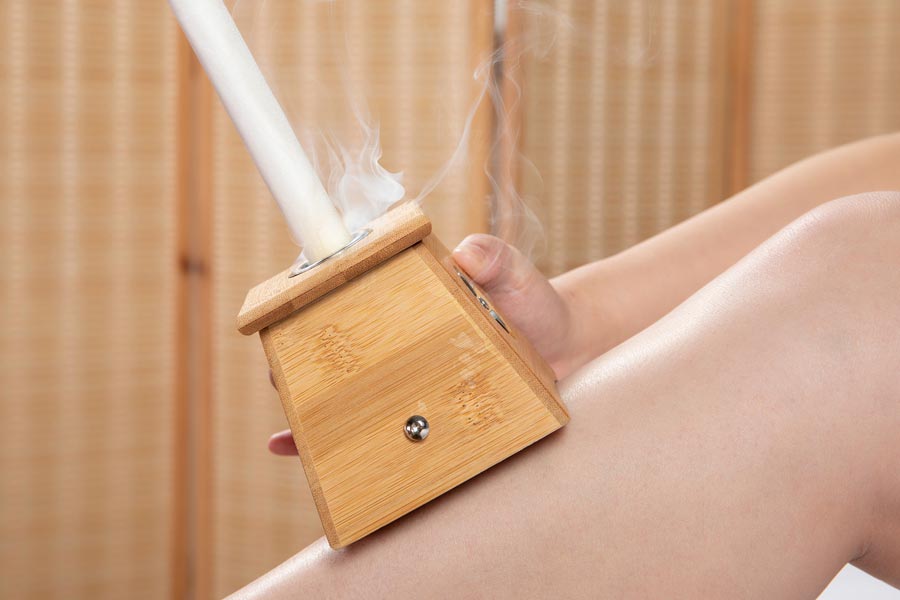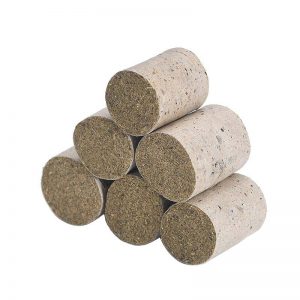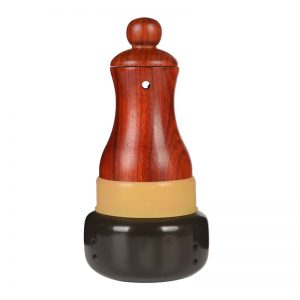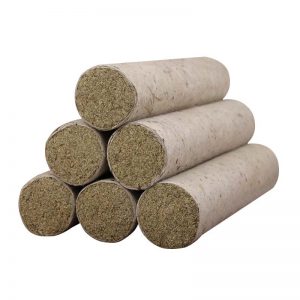Peptic ulcers involve pathological changes in the inner walls of the digestive tract and usually occur in the stomach or duodenum. The manifestations include regular attacks of epigastric pain, belching, acid regurgitation, nausea, vomiting, oppression and distension of the epigastrium, and diarrhea or constipation. Usually, the disease is caused or exacerbated by an irregular diet, eating raw, cold, hard or irritating food, and mental stress.
This disease is called stomach cavity pain in TCM. It can be caused by exterior pathogenic factors, an improper diet, unbalanced emotions, or a weak constitution. The disease is located in the stomach, and is closely related to the liver and spleen. The pathology involves qi stagnation in the middle jiao, and dysfunction of the ascending function of the spleen and the descending function of the stomach.
Clinical manifestations of peptic ulcers
- Chronic, periodic epigastric pain, accompanied by belching, acid regurgitation, nausea, and vomiting.
- A history of upper digestive tract hemorrhage and gastric perforation.
4 Acupuncture points for peptic ulcers
The basic therapeutic principles are rectifying qi, harmonizing the stomach, and relieving pain. Acupoints are chosen according to the following principles: the liver governs the free flow of qi; the spleen governs ascending and the stomach governs descending; the spleen governs the transformation and transportation of water-dampness.
1. CV 12 Acupoint (Zhongwan)
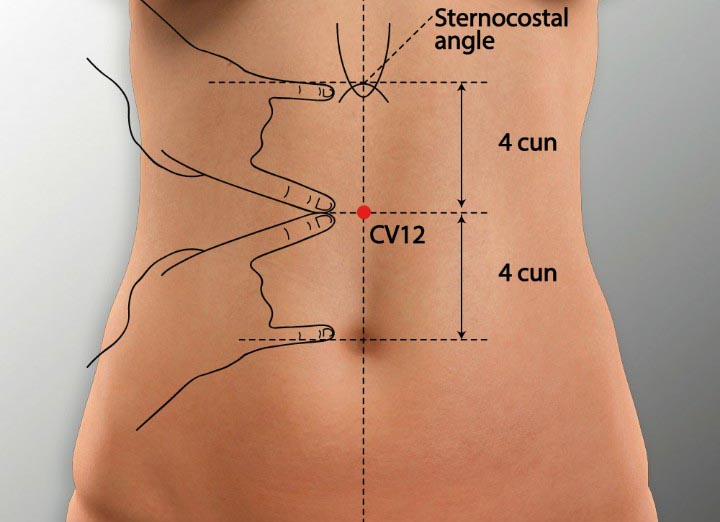
Location: On the epigastrium on the anterior midline, 4 cun above the umbilicus.
Effect: Fortifies the spleen, harmonizes the stomach, promotes digestion, and disperses stagnation.
2. ST 25 Acupoint (Tianshu)

Location: On the abdomen 2 cun lateral to the umbilicus, in the rectus abdominis muscle.
Effect: Regulates the stomach and intestines, dissolves stasis, relieves pain, rectifies qi, and removes food stagnation.
3. BL 21 Acupoint (Weishu)
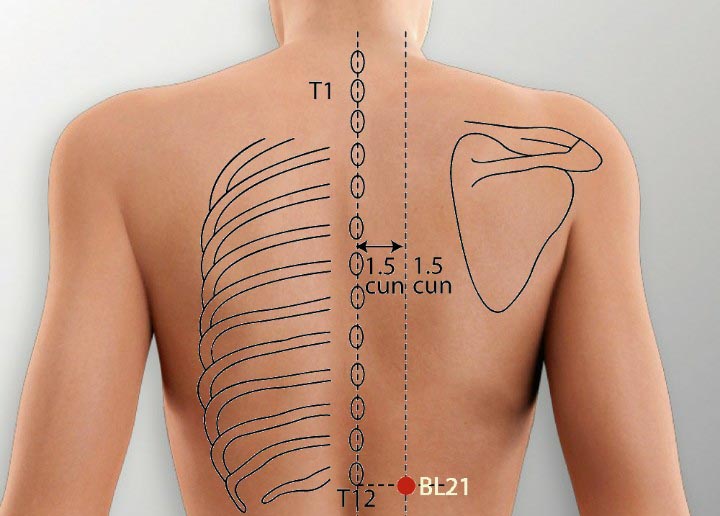
Location: On the back 1.5 cun lateral to the posterior midline, level with the lower border of the spinous process of the twelfth thoracic vertebrae.
Effect: Rectifies the spleen, and harmonizes the stomach.
4. SP 9 Acupoint (Yinlingquan)

Location: On the medial leg, in the depression posterior and inferior to the medial condyle of the tibia.
Effect: Regulates the middle jiao to aid transformation and transportation, fortifies the spleen and stomach, and removes dampness and stagnation.
Moxibustion treatment methods
- Single-point mild moxibustion on CV 12. The patient should feel the heat penetrate into the abdominal cavity or expand over the epigastric region. Located on the Ren Mai, CV 12, the front-mu point of the stomach, can fortify the spleen, harmonize the stomach, promote digestion and guide out food stagnation.
- Double-point mild moxibustion on ST 25. The patient should feel the heat penetrate the abdominal cavity or transmit along the sides to the waist. An important acupoint to regulate the spleen and stomach, ST 25 can dissolve stasis, relieve pain, rectify qi and disperse stagnation.
- Double-point mild moxibustion on BL 21. The patient should feel heat flow into the body or expand over the back and waist. BL 21 is where the stomach qi gathers on the back, and thus can fortify the spleen and harmonize the stomach.
- Double-point mild moxibustion on SP 9. In some patients, the heat will reach the abdomen. If this does not occur, administer relaying moxibustion with another moxa stick on the most proximal point the heat has transmitted to induce it to reach the abdomen. Finally, administer mild moxibustion on SP 9 and the abdomen until the heat-sensitive sensation disappears. Since SP 9 is the he-sea point of the foot taiyin spleen channel, it governs transportation and transformation in the middle jiao, and can fortify the spleen and remove dampness.
Choose one or two groups of the above acupoints. Treat once a day, with 10 days making a course of treatment. A break of two to five days should be given between courses, giving two or three courses in total.
Conclusion
The effects of moxibustion include boosting gastric motility, promoting gastric emptying, regulating gastric acid secretions, and promoting the restoration of the gastric mucosa. During the treatment, if the abdominal pain worsens significantly or if there are black, tarry feces, the patient should go to the emergency room immediately.
Patients should be advised to maintain a balanced mood, keep the gastric region warm, avoid smoking and alcohol, and avoid raw, cold, hard and irritating food.

